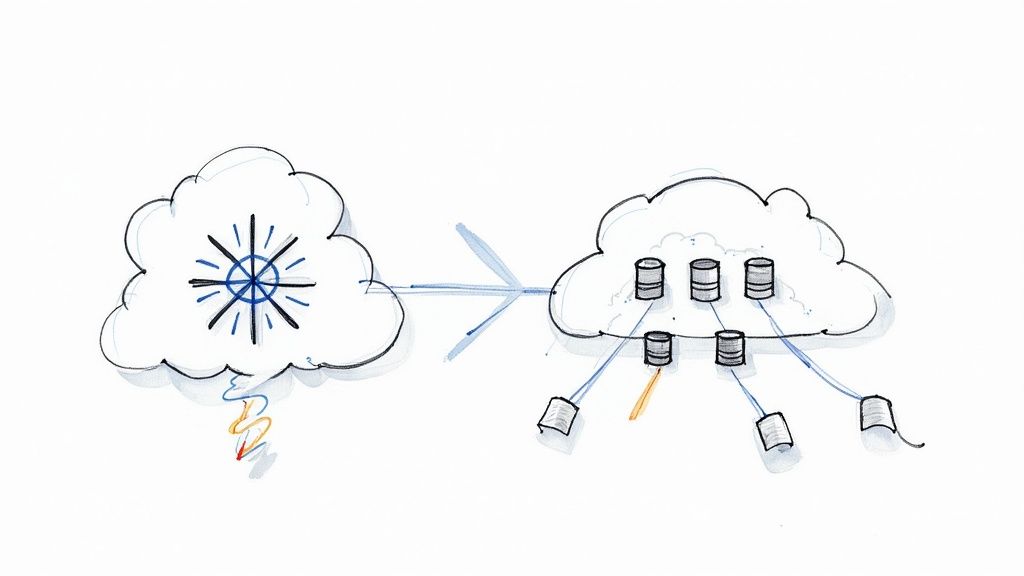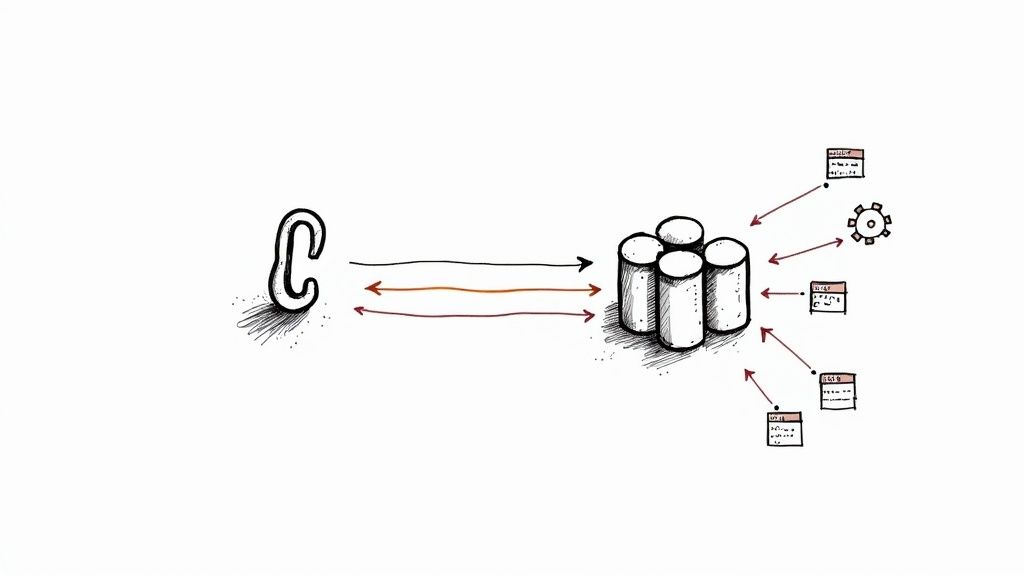Technology
Top 12 Fivetran Alternative Tools for 2025: A Detailed Guide
Looking for a Fivetran alternative? Explore our detailed 2025 guide to the top 12 tools, comparing features, pricing, and real-time CDC capabilities.
PUBLISHED
November 24, 2025
TL;DR
• Teams seek Fivetran alternatives for real-time data, granular control, and predictable pricing.
• Common pain points include high latency from batch processing and spiraling MAR-based costs at scale.
• This guide provides feature-by-feature comparison of 12 alternatives with CDC and streaming capabilities.



